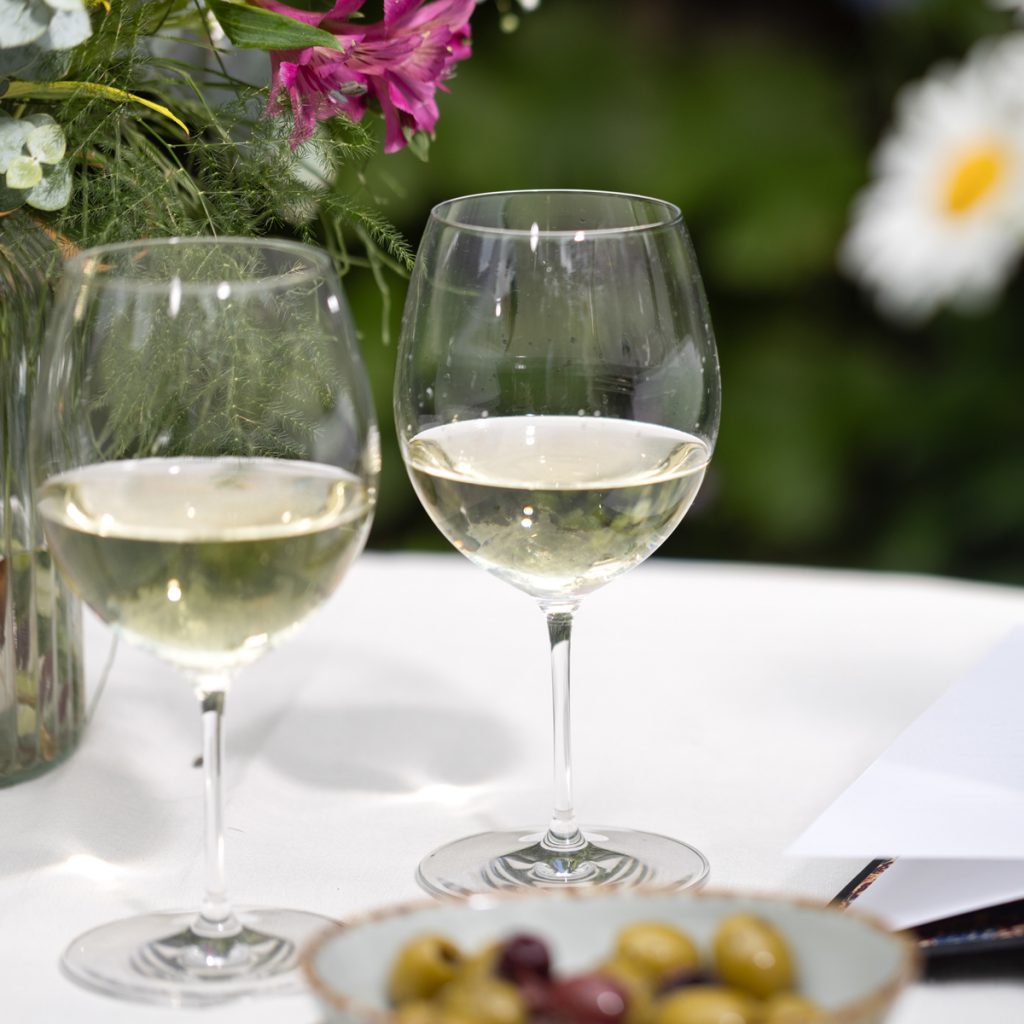Adventures in your garden: South Africa
Author: Barbara Drew MW

This summer, we’re taking you on a tour of some of our favourite wine regions via their cultural riches. Next stop: South Africa.
For a country covering so much landmass, it is hardly a surprise that the climate in South Africa is diverse. Yet even within the narrow realm of the winelands, the variation in weather from one region to the next is really quite extreme. I remember visiting Richard Kershaw a few years ago, who makes delicious cool-climate Chardonnay and Syrah in coastal Elgin. His property is around a 40-minute drive over the mountains from Franschhoek, yet the climate is often worlds apart.
He would drive from his winery wearing trousers, jumper, a raincoat and a hat due to torrential rain and a cold wind to visit a friend in Franschhoek — where the sun would have been shining all day, workers in shorts and t-shirts mopping their sweating brows. His friend would normally greet him with a quizzical look and “Richard, are you quite well?”
I noticed this drastic shift in weather when visiting Constantia. To the south of Cape Town, and sticking out into the ocean, it has its own microclimate: cool with frequent cloud cover and rain showers. This spit of land has numerous wineries but also Simon’s Town, famous for its penguin colony. I often joke to wine students when teaching them about South Africa that there’s a reason there are penguins here; it can get astonishingly cold. And whilst the temperature may not quite dip as low as Antarctica, even in summer there is a near-constant cool breeze.
For those of us enjoying summer in the UK this year this is heartening to know, I think. It doesn’t, in fact, need much imagination to transport ourselves to South Africa – albeit one of the cooler, coastal regions of this diverse country.
What to drink
2022 Constantia Glen, Sauvignon Blanc
The microclimate in Constantia has two key effects on the grapes in this region, resulting in higher acidity than fruit grown inland, and also fresher fruit flavours. The result is mouthwatering wines that are ideal with food.
This beautiful Sauvignon Blanc from Constantia Glen has all the refreshing character one would expect from this grape, but none of the overtly herbal and leafy flavours that can sometimes dominate in Sauvignon Blanc. A tiny proportion of Semillon in the blend also adds a touch of richness to the wine, making it a joy to savour on its own, as well as with food.
What to eat
Of course, if recreating the South African experience in your back garden, the only food to really consider is braai. Being brought up on traditional English barbecues – rain, supermarket burgers, and disposable BBQs used too hastily, leaving the food scorched on the outside and undercooked in the middle – I am unable to add much insight here. Fortunately, friends from Durban take on this important responsibility, diligently tending to the grill and providing stacks of perfectly cooked strip steak, chops, and boerewors.
Spicy and tannic red wines, such as Syrah or Cabernet Sauvignon, often pair nicely with such spreads. But whilst we wait (and wait, and wait) for the food to be cooked to perfection, there is always plenty of spicy biltong to snack on; for me, a chilled glass of Sauvignon Blanc contrasts with this beautifully.
What to read
The Smallest Kingdom, Michael & Liz Fraser (2011)
Potentially an unusual choice, this is neither insightful political history, nor a rip-roaring page turner of a novel. Instead, it is a beautifully illustrated overview of one of the most important, but arguably least understood plant kingdoms in the world (and, as the title suggests, by far the smallest).
The soils and climate in the Cape have resulted in a truly unique ecosystem of plants, one that has beguiled botanists for centuries. It’s no coincidence the fynbos display won best in show at Chelsea this year. For anyone interested in the environment of South Africa, and how vines fit into that, this is a unique and beautiful book.
What to listen to
Matthew Mole
A singer and songwriter from Cape Town, Mole describes his music as folk with an electronica influence. However, that arguably pigeonholes him too much. There’s an indie feel to his music, and a wonderful humour woven through as well. On top of this, he’s a multi-talented artist, playing guitar, piano, drums, ukelele and banjo, among others.
His songs span from upbeat at a jogging tempo (for example Run, at 107bpm, perfect to listen to on a light lunchtime lap of the park) to more mellow with electronic beats woven through (Light, ideal music for a lazy afternoon in the garden, Sauvignon Blanc in hand).
Buy the 2022 Sauvignon Blanc from Constantia Glen here


